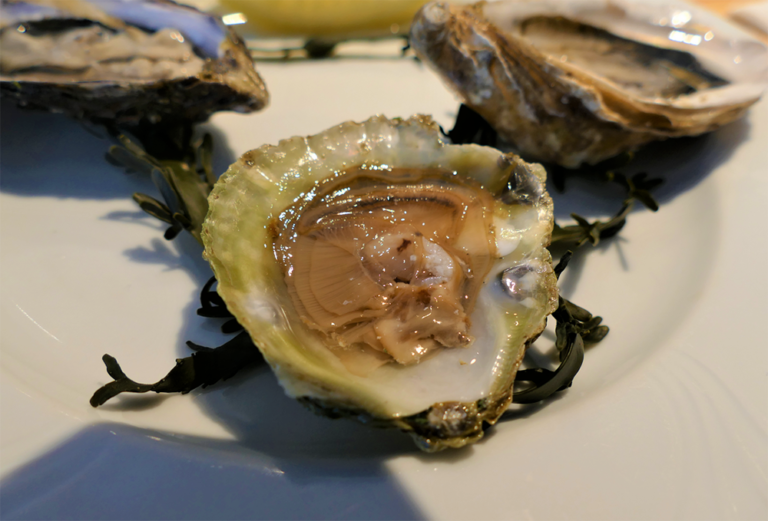
Aquafeeds
Development, testing of microencapsulated Schizochytrium feeds for bivalve broodstock
Comparing performance of O. edulis broodstock fed microencapsulated Schizochytrium feed and live algae diets shows potential for bivalve hatcheries.
Aquafeeds
Evaluating Aurantiochytrium sp. diet supplementation on silver pompano shows enhanced fish growth, physiological and biochemical indexes.

Aquafeeds
Comparing performance of O. edulis broodstock fed microencapsulated Schizochytrium feed and live algae diets shows potential for bivalve hatcheries.
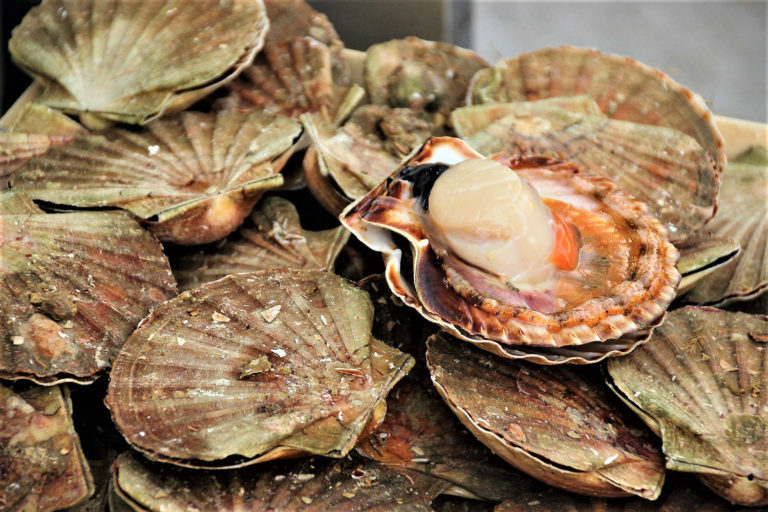
Responsibility
P. maximus could be a candidate for integrated multitrophic aquaculture, with potential to utilize small particles of uneaten salmon feed and fecal waste.
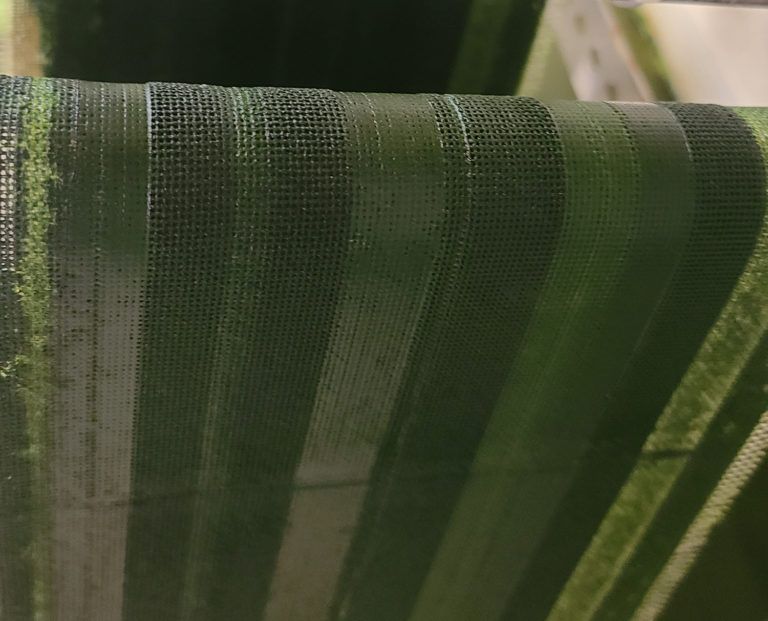
Aquafeeds
Alabama-based startup is developing a conveyor belt system to culture microalgae in less space than raceways and with a more efficient collection system.
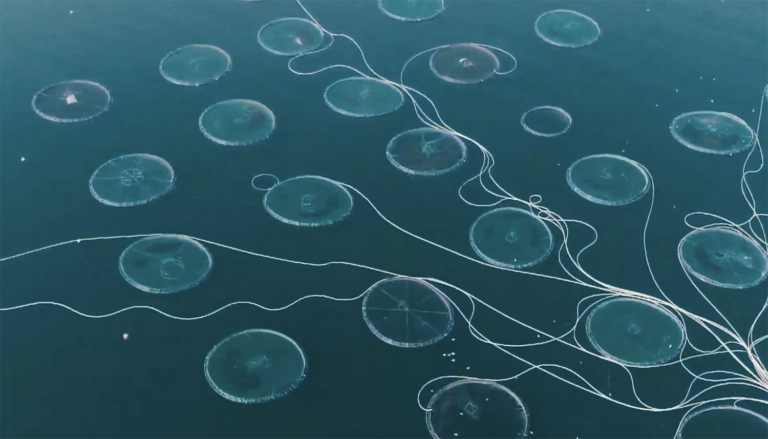
Innovation & Investment
Hatch Blue’s fourth cohort performed their pitches online for the first time, showcasing a spectrum of aquaculture product and service businesses.
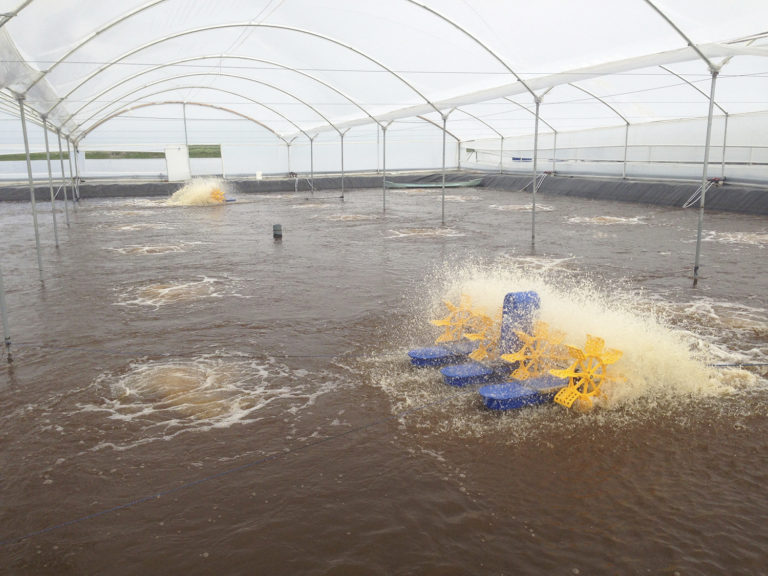
Responsibility
Study shows that microalgae assists the stability of small-scale RAS, and that microalgae can be used to manipulate the bacterial community.
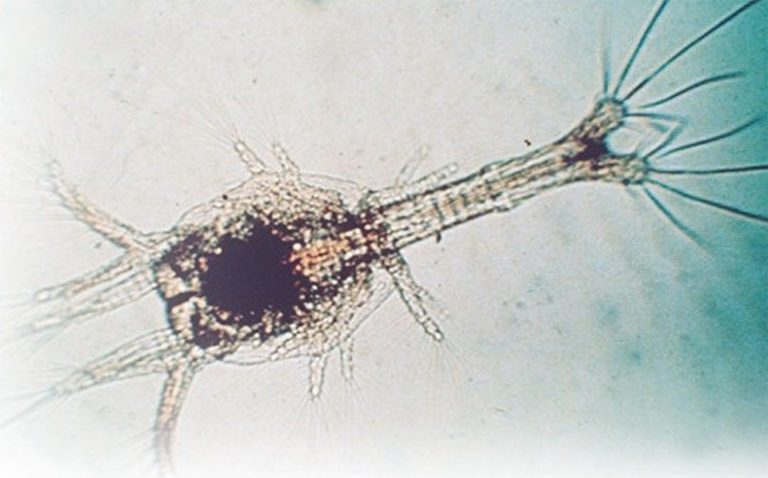
Responsibility
Microalgae – an important live feed in shrimp and fish hatcheries – can be produced in both open and closed systems, with the latter having some advantages.
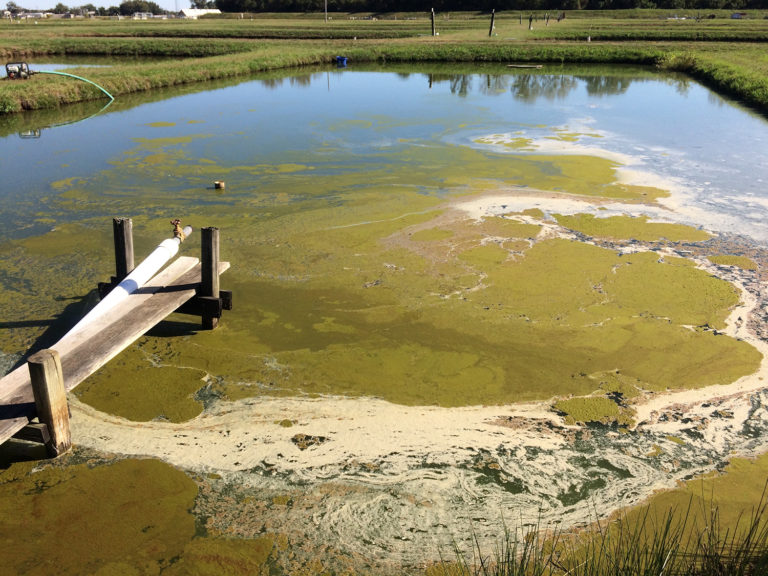
Responsibility
Results of this study demonstrated that a commercial, granular, SCP-based algaecide corresponding to 2.5 mg/L H2O2 can be recommended as an eco-friendly strategy to effectively remove populations of the cyanobacterium Planktothrix sp. without compromising water quality or other plankton communities.
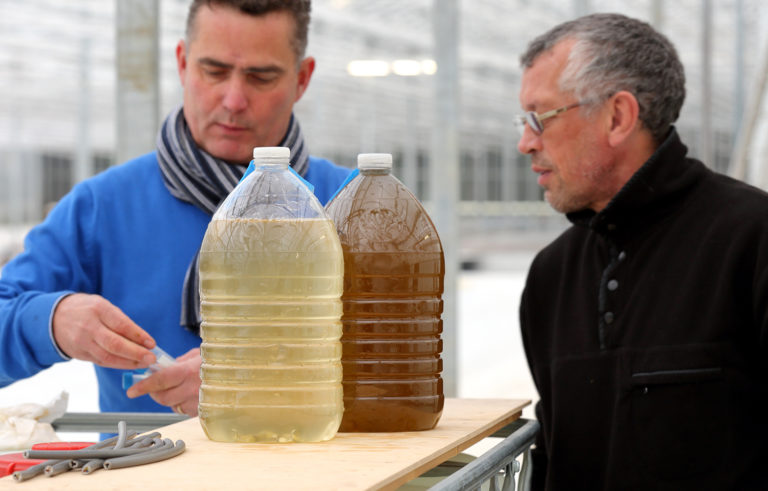
Innovation & Investment
A greenhouse in Belgium believes its innovative shrimp feed product, made from freeze-dried microalgae, packs the necessary nutrients for the crustacean’s most vulnerable life stage: the first three days of its life.
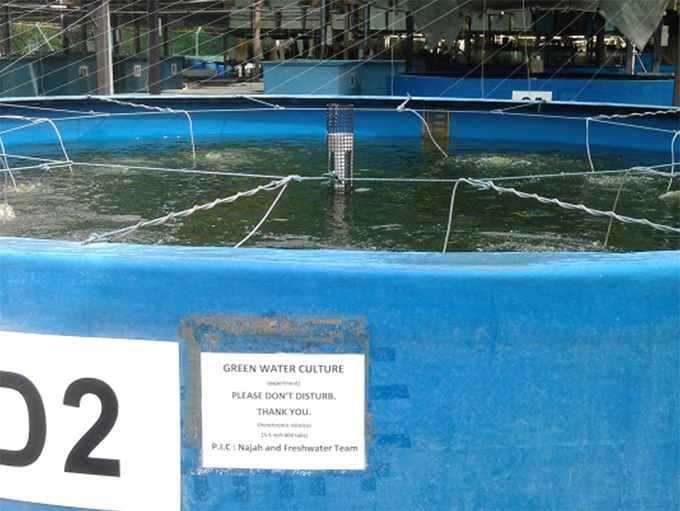
Aquafeeds
Green water, which describes the typical water color in tropical aquaculture facilities, consists mainly of various phytoplankton species along with bacteria, protozoa and zooplankton. It is relatively easy to produce without any supplemented nutrients.
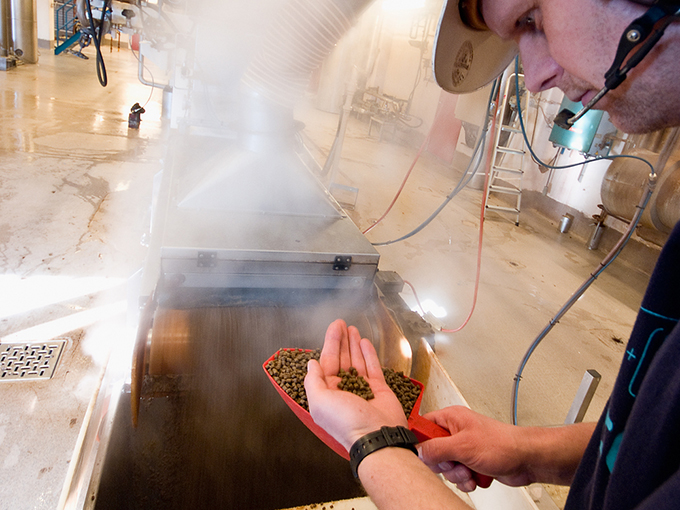
Aquafeeds
Like so many innovative solutions achieved in digital technology, a potential fix to aquaculture’s existential issue – the sustainability of feeds – was born in Silicon Valley. In a garage, no less.
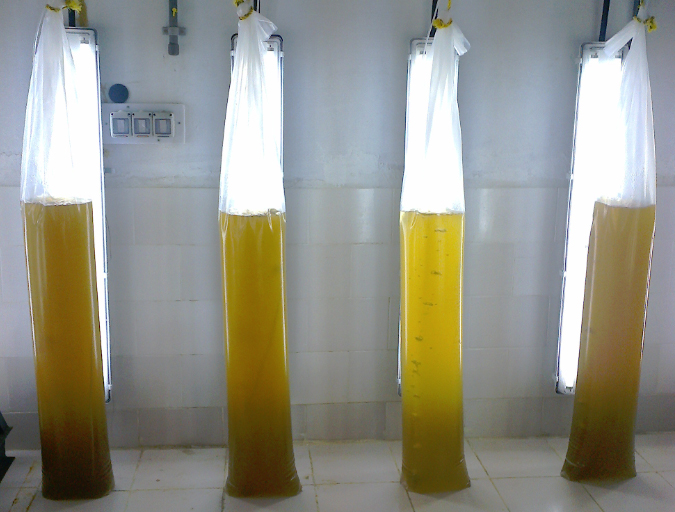
Aquafeeds
The diatom Thalassiosira weissflogii is important in the aquaculture industry to feed shrimp and shellfish larval stages in hatcheries. This study examined culture conditions for this diatom and determined that it can be successfully cultured semi-continuously and without population crashes.
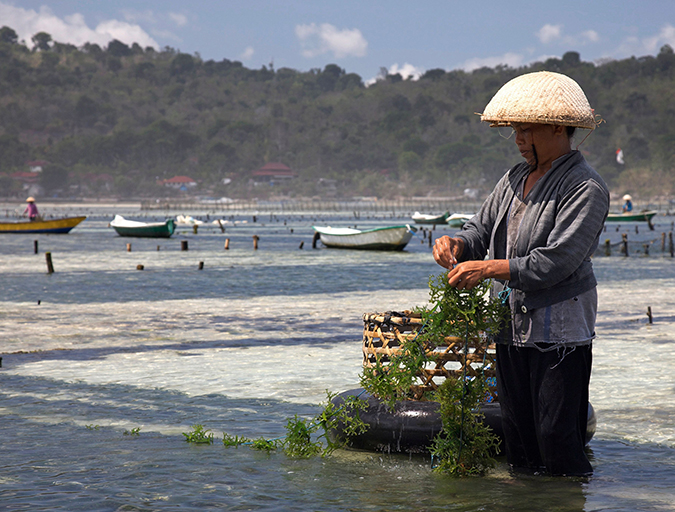
Responsibility
Global, sustainable mariculture production, developed on a massive, sustainable scale and using just a small fraction of the world’s oceanic areas, could eventually match the output of land-based agriculture production. Scale and international law considerations require the involvement of many stakeholders, including national governments and international organizations.
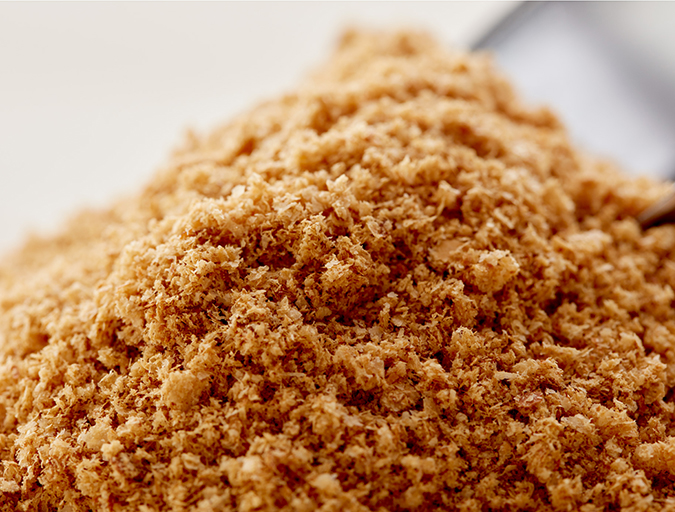
Aquafeeds
Innovation is leading to new ingredient options for renewable sources of omega-3 fatty acids. But Replicating long chain fatty acids is a tall order, Advocate contributor Lisa Duchene discovered.
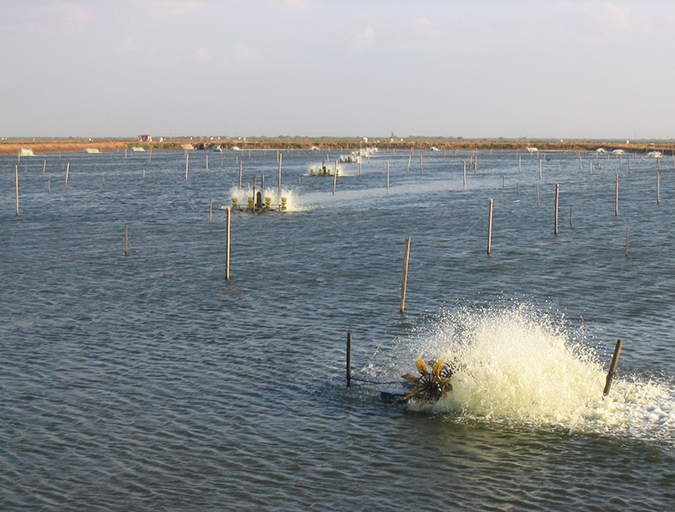
Health & Welfare
Muchos estanques acuícolas requieren aireación mecánica tanto para aumentar los niveles de oxígeno disuelto como para favorecer la mezcla de las aguas ricas y pobres en oxígeno, que también ayuda a prevenir el volteo.
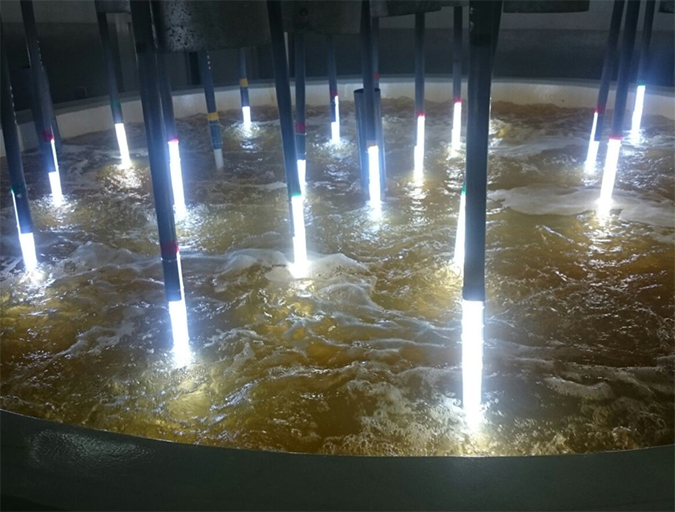
Aquafeeds
The control of temperature and light intensity in microalgae culture in outdoor tanks is difficult. Progress in algal biotechnology and the use of photo-bioreactors, metabolic engineering and other advances supported development of a novel underwater light bank reactor that allows for more effective light utilization by cultured microalgae.